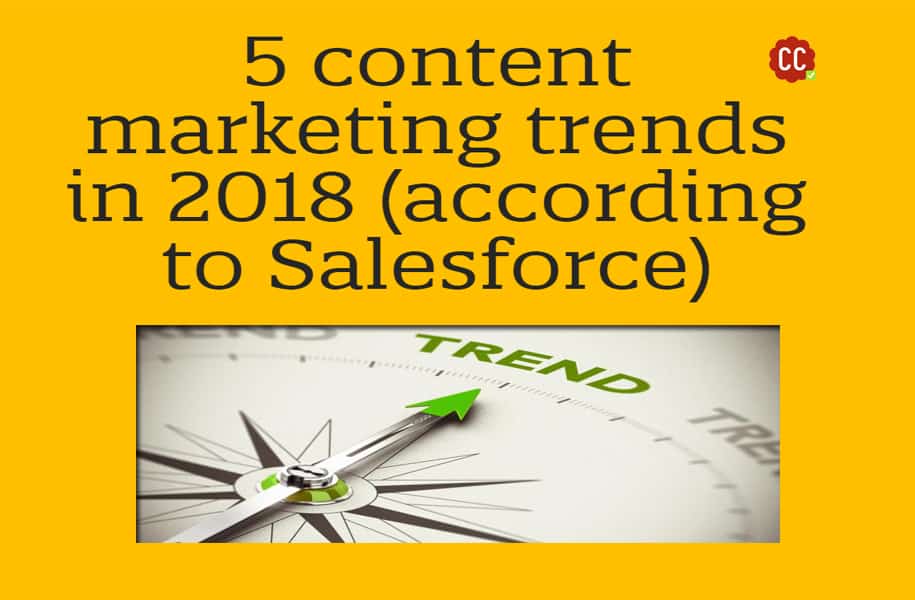 While I’m still contemplating my own take on 2018 content marketing trends I’m trying to compile the views of various content marketing gurus, and in this post I am briefly going through the points presented by none other than Joe Pulizzi, the man who practically coined the term “content marketing”.
While I’m still contemplating my own take on 2018 content marketing trends I’m trying to compile the views of various content marketing gurus, and in this post I am briefly going through the points presented by none other than Joe Pulizzi, the man who practically coined the term “content marketing”.
You may also like to read:
- 5 content marketing trends in 2018, according to Salesforce
- 9 Content Marketing Trends for 2018, According to Neil Patel
Why is it important to keep track of the upcoming trends?
Talking about trends isn’t just crystal ball gazing. The upcoming trends are mostly listed by industry leaders because they know where their field has come from, where it is right now, and based on the past and the present, where it’s going.
One can prepare accordingly.
Also, they are in the thick of things. They are already solving problems for big businesses. They have already gotten a glimpse of the upcoming trends and technologies. They know where their niche is heading to. If you follow them, you are not caught off guard.
For example, if you are already aware what developments are going to take place in 2018, you can formulate and put in place your content marketing strategy accordingly.
What’s happening with content marketing in 2018 according to Joe Pulizzi?
- Big investments in original content. Joe mentions in the above link that Apple is planning to invest over $1 billion on original content. Though, most of this content will be coming because Apple is trying to create something like Netflix. But, the key is original content. Whether it is content marketing or streaming media, the significance of original content is going to increase.
- Established media houses and content providers will be acquired. Businesses sometimes acquire conventional newspapers and magazines to expand their media outreach.
- Content marketing for direct profit. Conventionally, content is published to attract people to websites and blogs that either raises awareness or results in direct sales. What about making revenue from the content produced for content marketing? It may seem like an obscure concept, but Joe Pulizzi’s post mentions Pepsi that is trying to achieve exactly that. This AdAge India report says that Pepsi has created a state-of-the-art in-house content studio to create original content. The company hopes that it will be able to sell the content to cover the cost of creating original content.
- More budget for content marketing. Joe says that there is a worldwide trend of increasing budgets for content marketing. He also has a word of caution. Increasing budget for content marketing doesn’t mean that businesses might be focusing on more original, helpful content. They may also spend money on creating conventional sort of content, but in digital format and then assume that they’re doing content marketing.
- Conflicts of interests are going to rise. Conventional advertising companies are already feeling the pinch as more and more businesses are creating their in-house content marketing departments. Although these agencies are building their own content marketing units, somehow, they are always seen as conventional advertisers. There is also a continuous conflict between who creates the content, who manages it and eventually who owns it.
The good thing about content marketing trends for 2018 is that, as is being pointed out by most of the industry experts, this new form of marketing (it is actually not a new form of marketing) is becoming a preferred form of marketing compared to conventional advertising. The reasons being that conventional advertising no longer works and content marketing is much more effective. It engages your audience. It helps you build your own platform. You own your content. You don’t have to depend on third-party publications.
In the coming weeks I may come up with my own take on the upcoming content marketing trends for 2018, but even if I don’t, at least I will be discussing the point of views of various industry experts.



